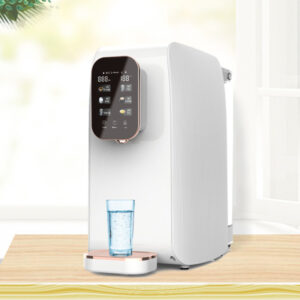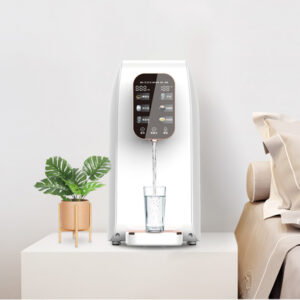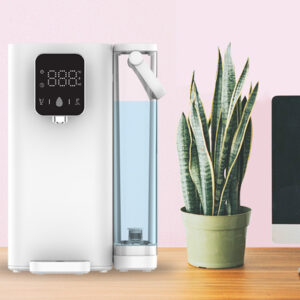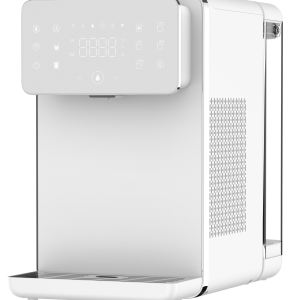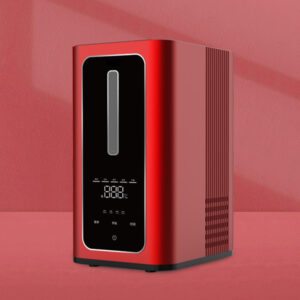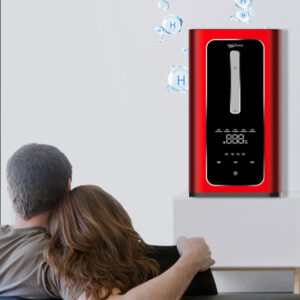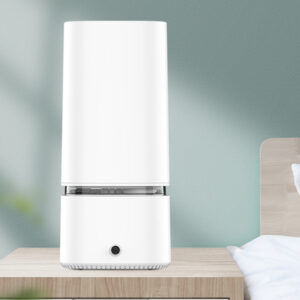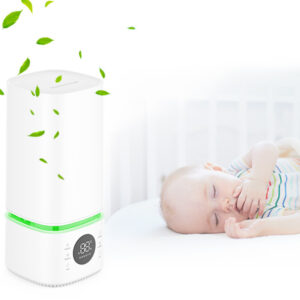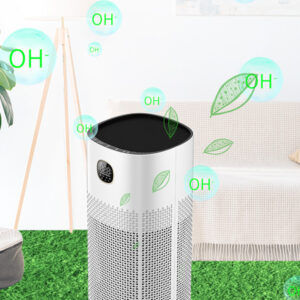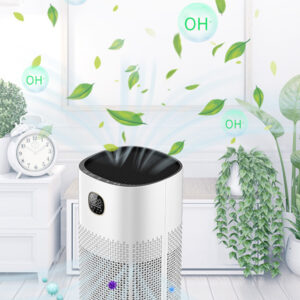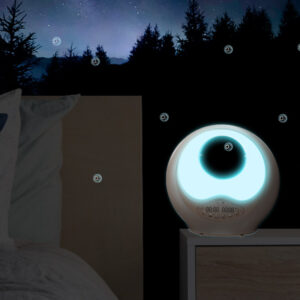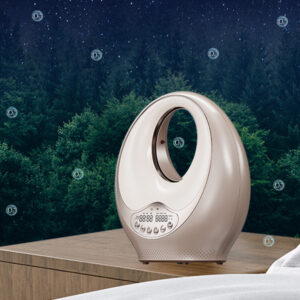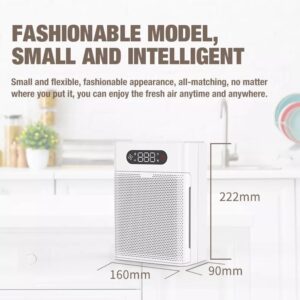The best water purifier in Vietnam: The different types of water purifiers in the market
Whether you need the best water purifier in Vietnam or India, it is always essential to know the different types available. You need to what a few things involved in getting the different types of products. Water purifiers have a scientific process behind most of their techniques. Making a buying decision depends on several factors. These are:
- The water hardness level
- The number of metal particles present in the home water system
- The contaminates
The type of water purifier you need depends on the level of impurities, metals, and contaminants present in your office or home water system. The following are the different types of commercially-available water purifiers:
- Activated carbon water filters
- Ultra-filtration (UF) Water purifiers
- Ultraviolet (UV) Water purifiers
- Reverse Osmosis (RO) Water Purifiers
- Activated Carbon Water Purifier
This is the type of water purifier that works by using Activated carbon. The machine used a type of carbon which is made from wood, nut shells, coconut shell, and coal. The carbon material is broken down into smaller particles and kept in a position. The most preferred type of carbon used by this type of water purifier is that charcoal. Activated carbon works to remove a majority of the heavy metals and pesticides that are responsible for water-borne illnesses. The carbon works by removing all the chemicals that make the water smell and taste bad. This type of water filtration process is more effective in removing the chlorine contained in the water.
The carbon filter uses a procedure called “adsorption” to remove all impurities from the water. The adsorption process works by attracting all the metals and chemicals contained in the water to its surface. This way, whenever the impure water is made to run through the layer of activated carbon, the carbon element forces chlorine and pesticides to stick to its surface. The purified water is then allowed to run down to a storage tank below.
- UF (Ultrafiltration) Water Purifier
The UF or Ultrafiltration makes use of a hollow membrane fibre to purify the water. The thin layer of the membrane helps to trap all the viruses, bacteria, and suspended solids. This UF membrane traps all the necessary unwanted impurities and allows filtered water to run through it. The Ultrafiltration technology is similar to the Reverse Osmosis process. However, the RO filtration technology is effective at blocking very tiny particles. But the UF process only helps to block out large particles present in the water. Due to its process, the UF water purifiers are ideal around locations where there is low chemical contamination. The UF water purifiers are not effective in removing the chemicals found in the water. It can only block viruses, bacteria, and many other germs. Also, it is important to note that UF is not effective where hard water is concerned.
- UV Water Purifier
Ultraviolet water purifiers are a proven process that works to get rid of agents of water-borne diseases. This type of water purifier is efficient in removing pathogens and microorganisms like cysts, viruses, and bacteria. This is an eco-friendly technology that does not use a chemical when purifying the water. This filtration system comes with a UV lamp bulb. The water is made to run through the UV light for purification. The UV lamp is a source of purifying light that is used to kill off germs such as viruses and bacteria. This happens as the water is run through the lamp. The dead germs are left in the water but in this state, they are no longer harmful.
UV water purifiers are ideal to be installed for water whose TDS (Total Dissolved Solids) is low. An example of such water is river, lakes, and so on. UV water purifiers are not recommended for hard water because this comes with a high TDS value. Also, UV water purifiers are very similar to UF water purifiers because it does not get rid of chemicals such as fluoride, arsenic, or chlorine that may be present in the water.
The Reverse Osmosis water purifier purifies water by using a semipermeable membrane. This water purifier comes with a filtration system that makes use of a pump to force the raw hard water through the membrane. With this filtration system, the membrane helps to trap dissolved solids like sulfates, nitrates, chlorine, lead, fluoride, and arsenic. These chemicals get stuck onto the RF membrane. The resulting water is then cleaned and purified.
The Reverse Osmosis water purifiers are effective the most for hard water. They can help purify salt water with dissolved chemicals and solids. In addition, reverse osmosis filtration technology is capable of getting rid of metal particles such as sulfates, nitrates, chlorine, lead, fluoride, and arsenic. This type of home water filtration system is used for producing safe and pure drinking water. Reverse Osmosis water purifiers are two main types. These are the:
The Under-Counter or Under-Sink RO water purifiers: These are special types of RO water purifiers that are mounted under a kitchen sink or cabinet.
The tabletop or wall-mounted water purifiers: These are the types of RO water purifiers that are mounted on the wall.
All about the sediment filter
The sediment filter is not a home water purification system. It is a pre-filtration method that is used alongside all other types of water purifiers such as UV, RO, and so on. It works by purifying the water by sedimentation and collects the matter, which is at the lowest part of the water. This matter is called sediment. Sediments can be anything like mud particles, metal pipes, sand, papers, plastics, and so on. The sediment filter is used to trap any unwanted particle present in the water such as mud, dust, and so on. The sedimentation process works by allowing water to pass through the filter. This works to trap the dust, dirt, and whatever particles are present in the water. Since the sediment filter is usually used with a RO or UV water purifier, it contains a water outlet. This outlet is then connected to the UV or the RO water purifier that receives the water for further purification.


